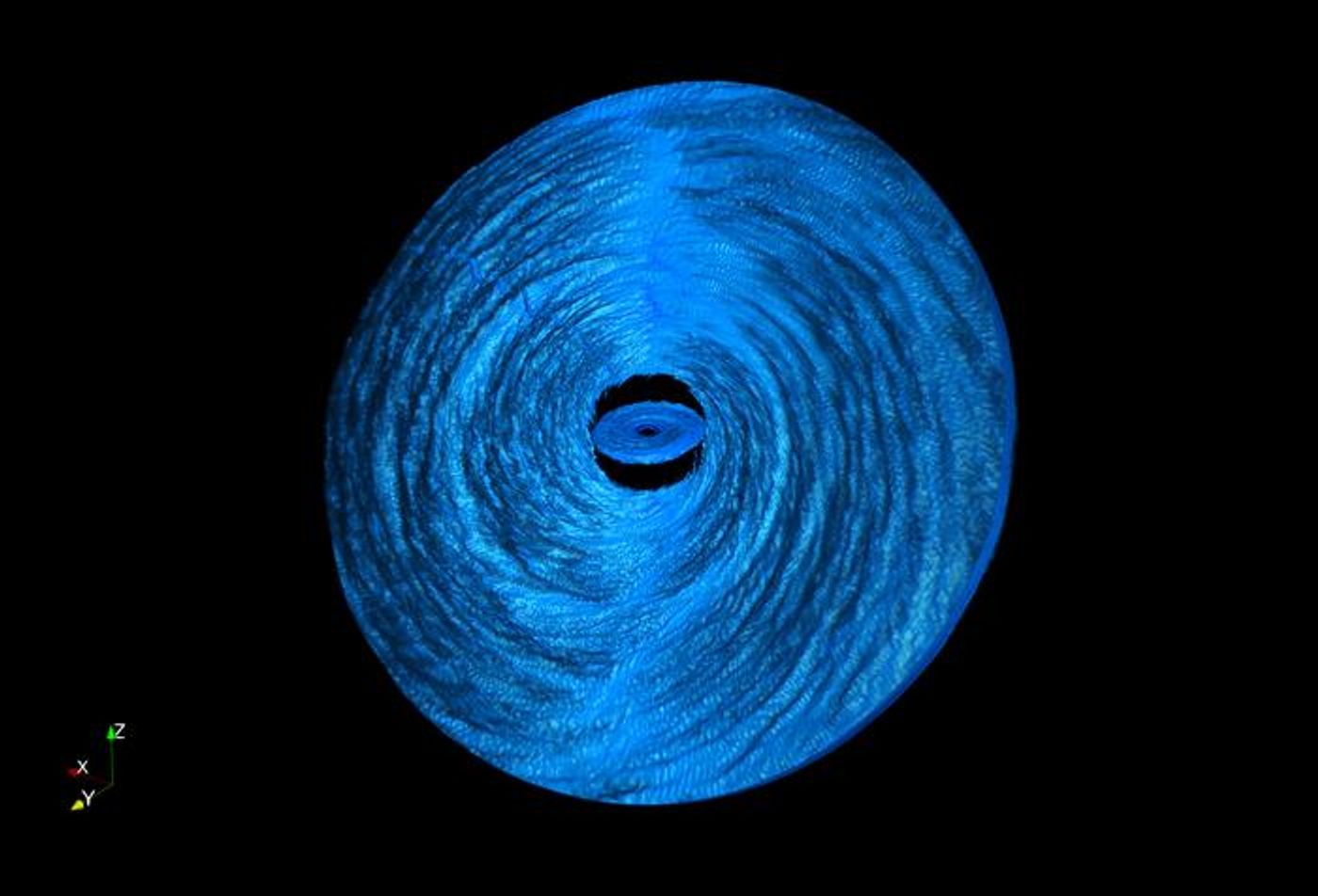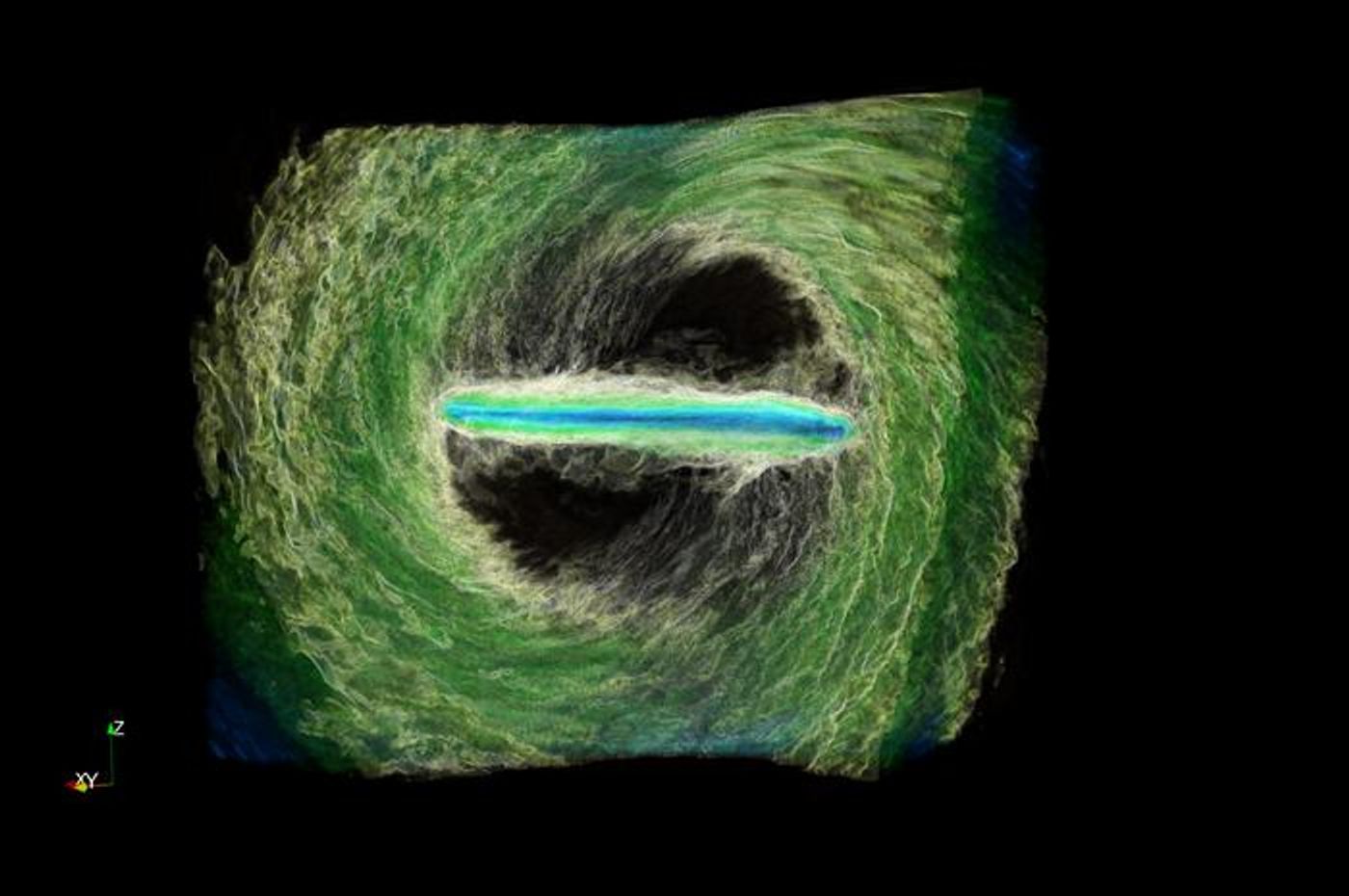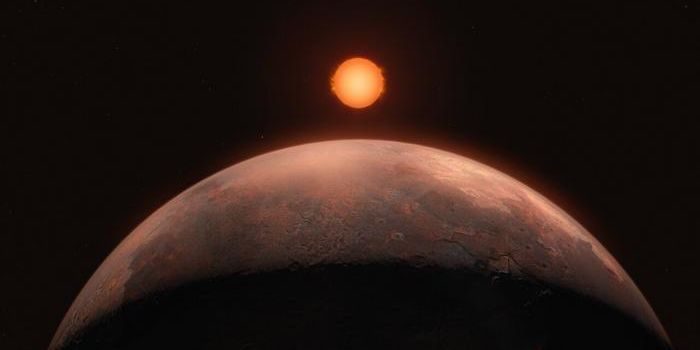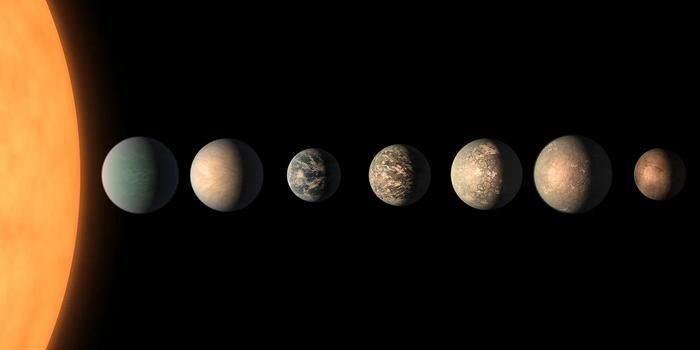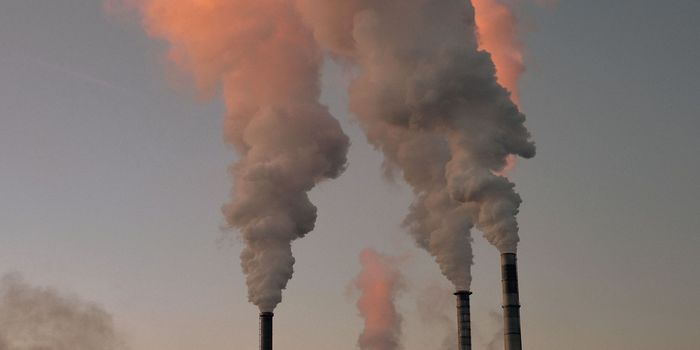Astrophysicists Reveal Rapid Feeding Habits of Black Holes
A recent study published in The Astrophysical Journal examines how the feeding habits of black holes are much more pronounced than previous research has hypothesized, which has traditionally indicated they consume objects slowly. This study was led by Northwestern University and holds the potential to challenge what’s known as accretion disk theory, which involves the process of how black holes consume materials such as gas and dust. This could also help scientists better understand why certain objects suddenly light up then disappear almost as fast, such as quasars.
“Classical accretion disk theory predicts that the disk evolves slowly,” said Nicholas Kaaz, who is a graduate student at Northwestern University, and lead author of the study. “But some quasars — which result from black holes eating gas from their accretion disks — appear to drastically change over time scales of months to years. This variation is so drastic. It looks like the inner part of the disk — where most of the light comes from — gets destroyed and then replenished. Classical accretion disk theory cannot explain this drastic variation.” Kaaz refers to these variable quasars as "changing-look" quasars.
For the study, the researchers developed high-resolution 3D simulations to help explain longstanding hypotheses regarding the assembly of accretion disks surrounding black holes, specifically pertaining to their alignment and rotation with the spin of the black hole it orbits. It has long been hypothesized that the plane of these disks exhibits a clean and organized appearance while orbiting the black hole and awaiting consumption over the course of hundreds of thousands of years. However, this new research could challenge that.
Images from the high-resolution 3D simualtions produced for the study that could help explain the behavior of accretion disks surrounding black holes. (Credit: Nick Kaaz/Northwestern University)
“For decades, people made a very big assumption that accretion disks were aligned with the black hole’s rotation,” said Kaaz. “But the gas that feeds these black holes doesn’t necessarily know which way the black hole is rotating, so why would they automatically be aligned? Changing the alignment drastically changes the picture.”
According to these new simulations, the researchers demonstrate a much more disorganized assembly is at work. Instead of the disk slowly spiraling into the black hole during consumption as a single piece, various pieces of the disk break off and begin to behave erratically and independently, which includes rotating at various angles and speeds with the new inner disk receiving material from the new outer disk.
When this material dumping happens, it forces the inner disk to be pushed into the black hole, which then causes the outer disk to fill the gap. For “changing-look” quasars, these new simulations could help explain why accretion disks evolve much faster than previously thought.
“How gas gets to a black hole to feed it is the central question in accretion-disk physics,” said Kaaz. “If you know how that happens, it will tell you how long the disk lasts, how bright it is and what the light should look like when we observe it with telescopes.”
What new discoveries will researchers make about black holes and the accretion disks that surround them in the coming years and decades? Only time will tell, and this is why we science!
As always, keep doing science & keep looking up!
Sources: arXiv, NASA, Britannica, EurekAlert!, European Space Agency
